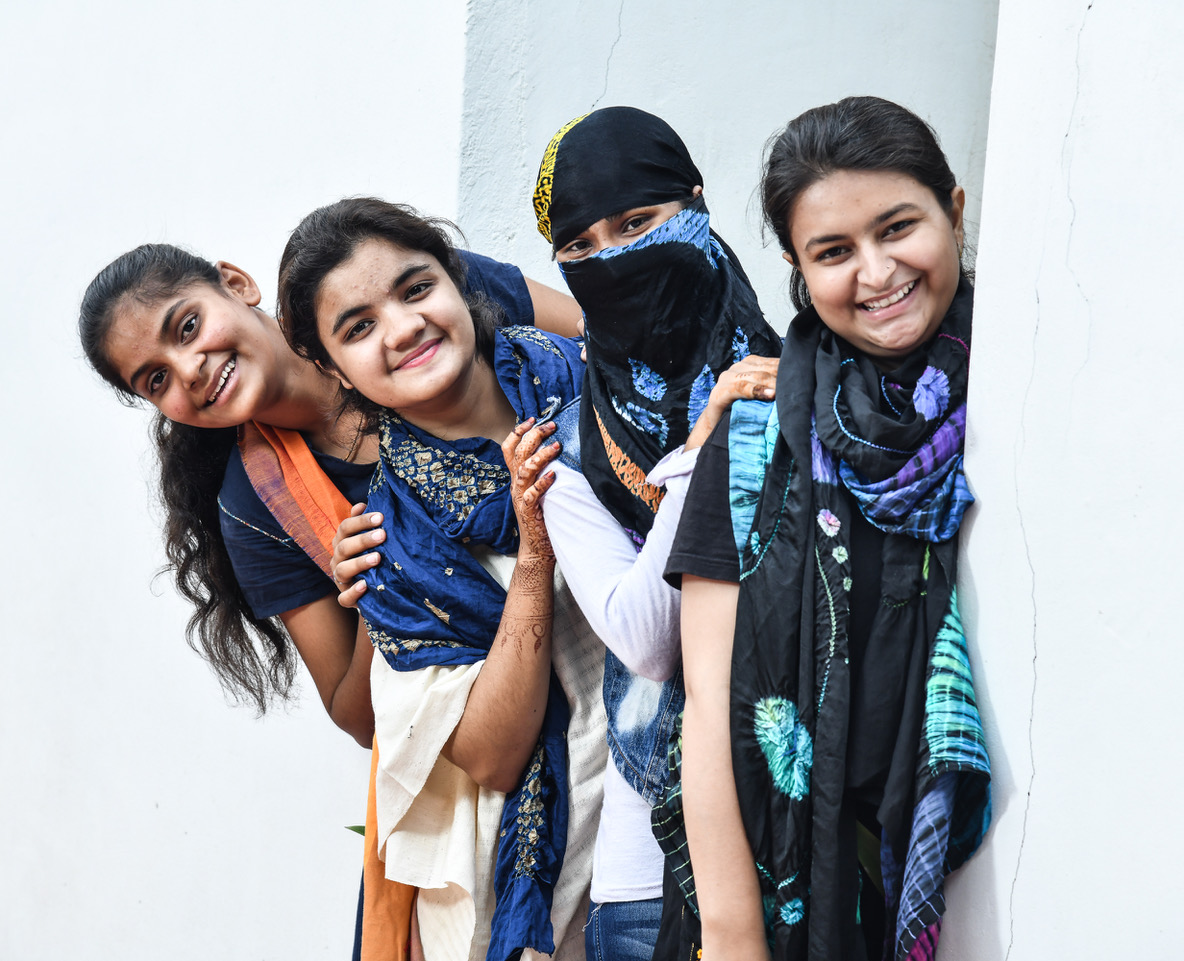Imagining the Maker
 July 8, 2023
July 8, 2023
How do we imagine makers? As generic hands without heads? Years ago, a college graduate bandhani artist who wore a button-down shirt and pants told me no one ever believed he dyed, let alone tied his own work. Historically, because artisans work with their hands they were usually lower status Hindu and/or Muslim. Beyond that, artisan identity is localized. In Kutch, traditionally Hindu men weave, Muslim men dye; in Varanasi Muslim men weave, in Rajasthan Hindu men dye. In Kutch, women make folk embroidery, for themselves rather than for income. In Kashmir, men embroider. The factor here is livelihood; traditionally, craft as income is the realm of men.
But in most livelihood crafts, women are essential assistants. No women, no weaving, weavers say. The value of women’s work was not calculated monetarily. The omission of ‘indirect costs’ had entrenched the notion that making craft was financially unsustainable. Ironically, one solution to retaining craft as livelihood at values believed to be fixed, exemplified by mashru weavers in Patan, was to teach women to weave for lower value supplementary income, while men could become educated and earn better in white collar jobs.
In 2005 when design education began in Kutch, artisan students began to reimagine themselves as makers. They learned to cost craft and value women’s contributions. By 2013, 56% of the graduates were women, mostly embroiderers. In 2014, when the program came under the K.J. Somaiya group, 7 women determined to start businesses took the Business and Management for Artisans post graduate course and began independent enterprises. Today, 22 women from traditionally male-controlled textile traditions: bandhani, weaving, and even block printing have taken the year-long design course. Kutch artisans are re-imagining the maker to enhance both livelihood and recognition.
How much do consumer assumptions about identities, capabilities and value limit the diversity of makers? Can we allow makers to expand how we imagine them?



